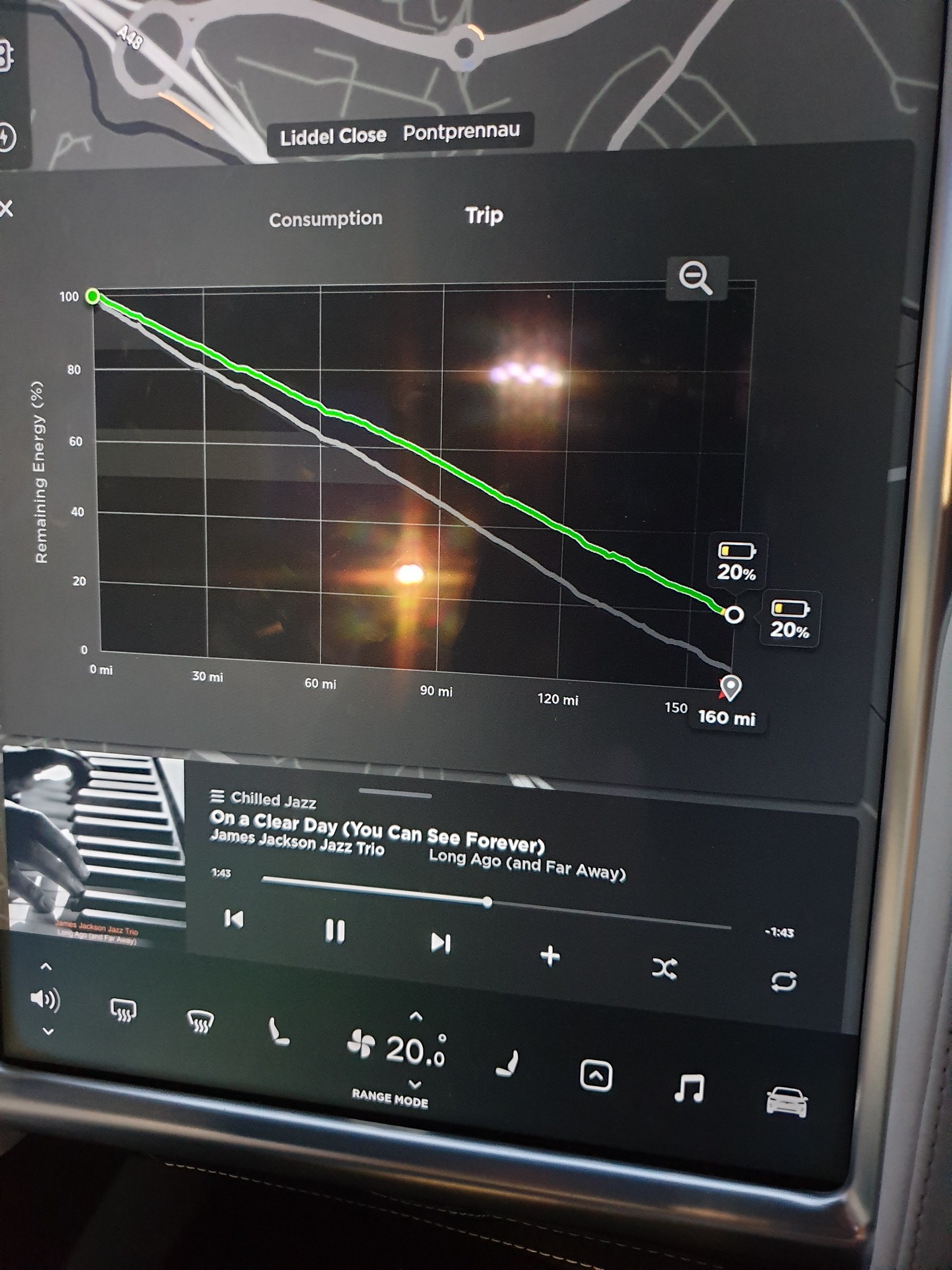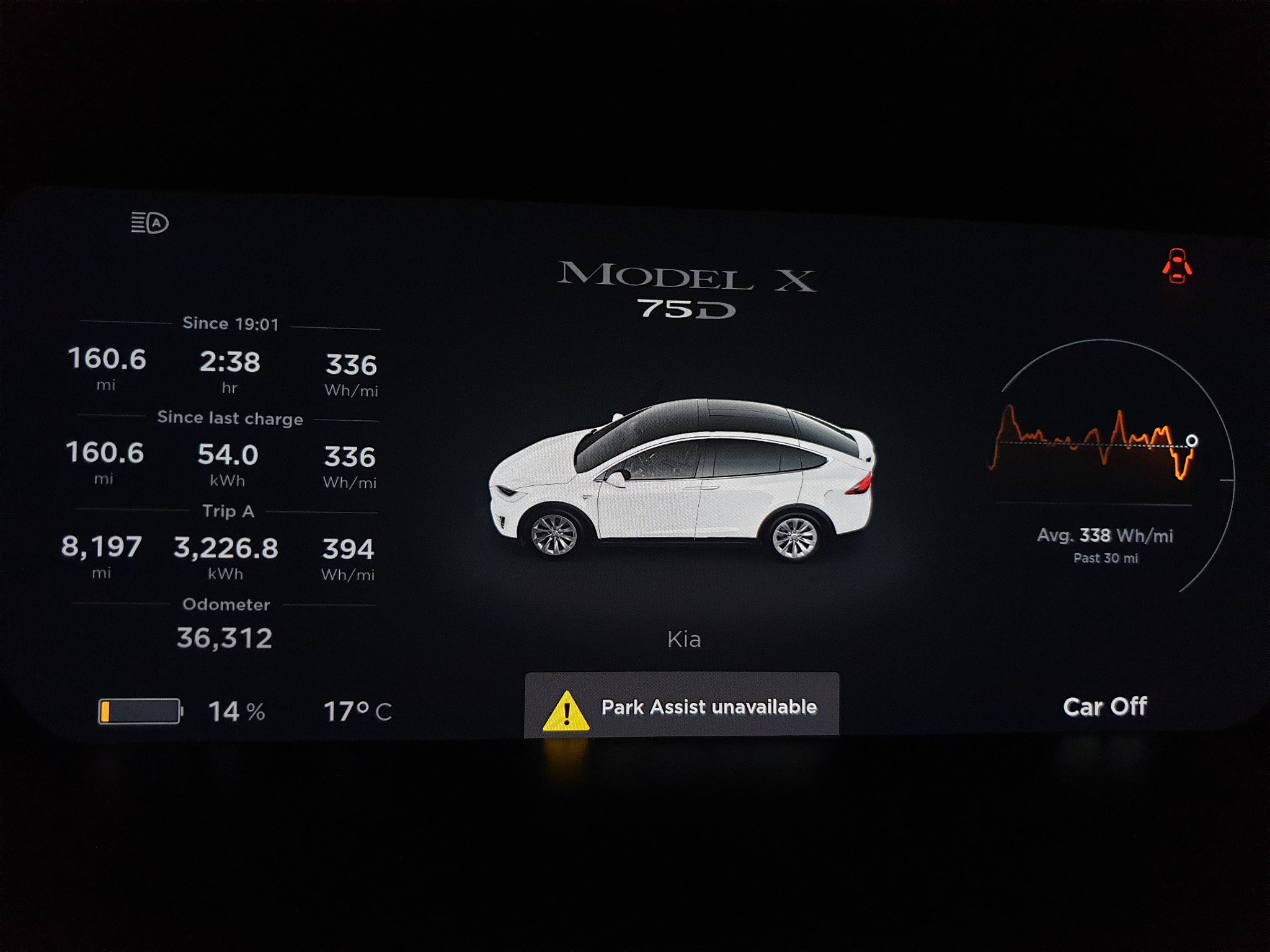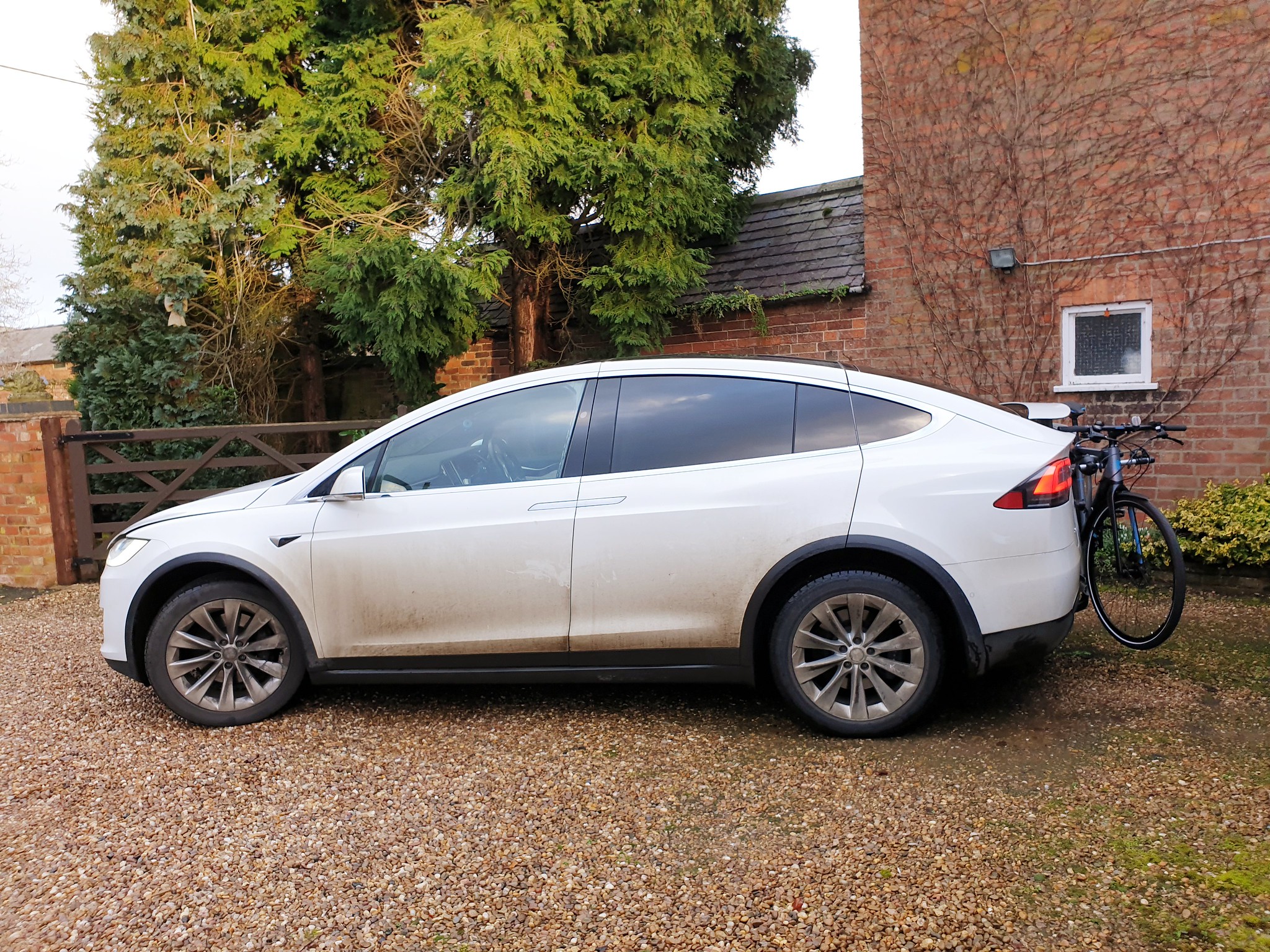RedXowner
Member
@ohmman, Got it. So it's all about hitting bumps that apply additional pressure to the hitch receiver. I was only thinking about the stationary (car not moving) case. If you hit a pothole with a trailer (moving), I do get that the weight pressing down on the ball would not substantially change. But the weight pressing down on the hitch receiver when hitting a pothole with a bike rack attached would be greater than just the weight of the bike rack because of the location of the center of gravity of the bike rack being behind the hitch. OK, makes sense now. It's not about the stationary weight. It's about the max downward pressure applied when hitting potholes.
For your after-market hitch, it must stay mounted all the time, right? So I'm assuming it protrudes beyond the plastic cover that fits over the factory hitch when the receiver is not installed, which means you would have the constant air drag when driving. Is that correct? If so, then the trade as I see it is the ability to eliminate the trailer hitch drag when not towing a trailer vs the tongue weight of a non-trailer attachment. That sound right?
For your after-market hitch, it must stay mounted all the time, right? So I'm assuming it protrudes beyond the plastic cover that fits over the factory hitch when the receiver is not installed, which means you would have the constant air drag when driving. Is that correct? If so, then the trade as I see it is the ability to eliminate the trailer hitch drag when not towing a trailer vs the tongue weight of a non-trailer attachment. That sound right?





